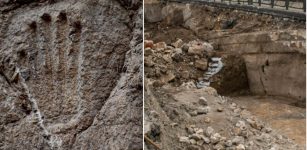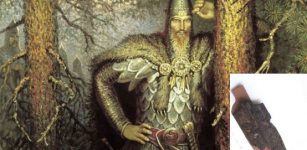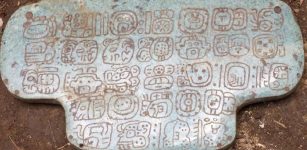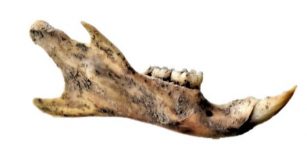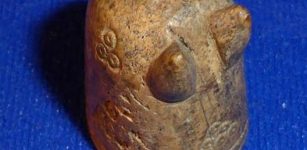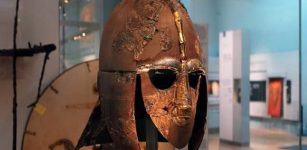Long-Lost Grave Of Attalid Rulers Discovered In Turkey
MessageToEagle.com – Archaeologists think they have discovered a long-lost grave of Attalid rulers. The burial site is located at Yiğma Tepe, atop a hill by Pergamon known today as Bergama in Turkey.
The vast mound has been known to archaeologists for 200 years, but it is first now scientists have stumbled upon evidence that indicates this place housed bodies of kingly importance.
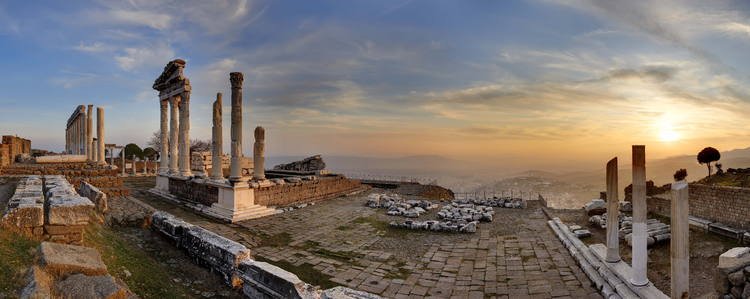
It is believed that kings of the Attalid Dynasty, which ruled the city of Pergamon after Alexander the Great are actually buried here.
The conquests of Alexander the Great transformed the ancient world, making trade and cultural exchange possible across great distances.
The Hellenistic kings of Pergamon ruled over most of minor Asia during 2nd century BCE. Later the city became capital of the Roman province of Asia known for its Asclepieion healing centre. Pliny the Elder even credits the city with inventing the use of leather as parchment, after jealous Ptolemaic rulers banned the export of papyrus to Pergamon because they feared the royal library, built by King Eumenes II (who ruled between 197-159 BCE), was about to surpass their own in Alexandria.
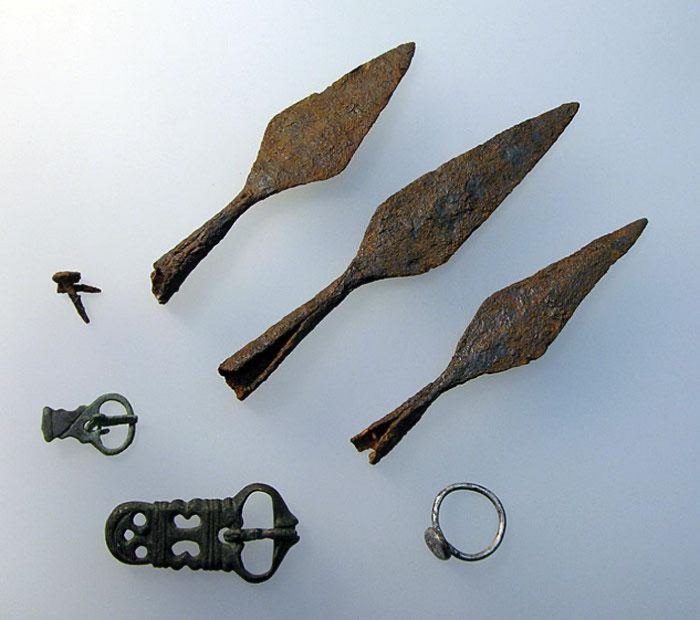
“What points to the Attalids is the monumental size and indications for dating in the 2nd century BCE,” Pirson, director of the Pergamon excavation projects, told Haaretz.
Beyond its sheer dimensions, the architecture and the alignment of the tomb, to the western side of the Temple of Athena and stairway side of the Great Altar, also support the theory that it was the tomb of a great Attalid ruler, Pirson says.
See also:
Sacred Asclepion Of Pergamum: Ancient Healing Center And The World’s First Psychiatric Hospital
5,000-Year-Old Kurgan-Style Tomb Of Ancient Warrior Discovered In Turkey
Underwater Discovery: 4,000-Year-Old Shipwreck Belonging To Minoans Found In Turkey
Yiğma Tepe, which is 158 meters in diameter and 31 meters high, and dominates the Kaikos plain to the south of Pergamon the burial mound was investigated by the early archaeologist Alexander Conze in 1878 – then, the site was at the edge of the modern town of Bergama.
The excavators found that the mound was contained by a peripheral wall (krepis) built of big andesite blocks, but no entrance way to the interior was found in this platform from where the superstructure once rose. Despite intensive digging, which left behind the deep groove in the mound, they never found the burial chamber.
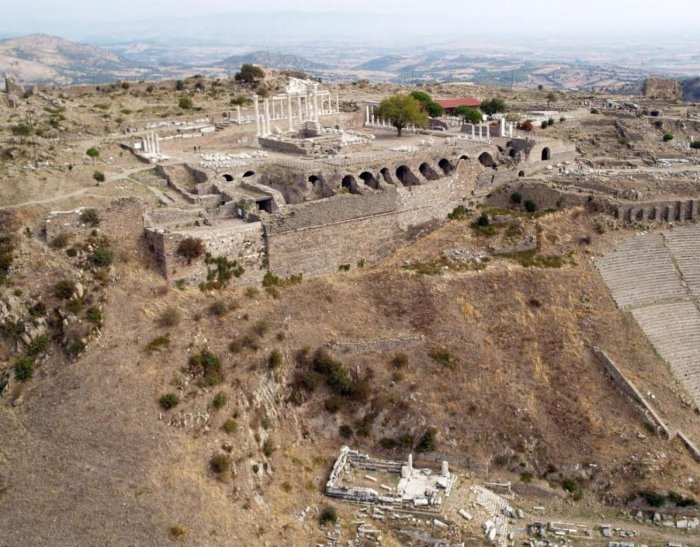
Archaeologists have found two other burial mounds on the Kaikos plain, from an earlier era. These two burials, which had been left undisturbed by thieves, are also of the tumulus type, about 30 meters in diameter and date to the mid-3rd century BCE, the era of Eumenes I who ruled from 263-241 BCE).
One of the burial mounds contained a single sarcophagus, and the other one contained particularly rich “grave goods”, including a golden oak-leaf wreath with Herakles knot (that rested on the deceased’s head), a Nike pendant, two heads of Molosser dogs made of gold, iron weapons, and a coin bearing the image of Alexander the Great. Next to it was another coin, “Charon’s obol”, a coin that was placed with the dead as a fare for the journey to the underworld.
It remains unknown who had been buried there,but the burial custom displays links with Macedonia.
Pirson is hopeful that this season’s investigation, with geophysical and seismic prospection, will bring new information about the inner structure and the building process of the burial mound Yiğma Tepe.
MessageToEagle.com

